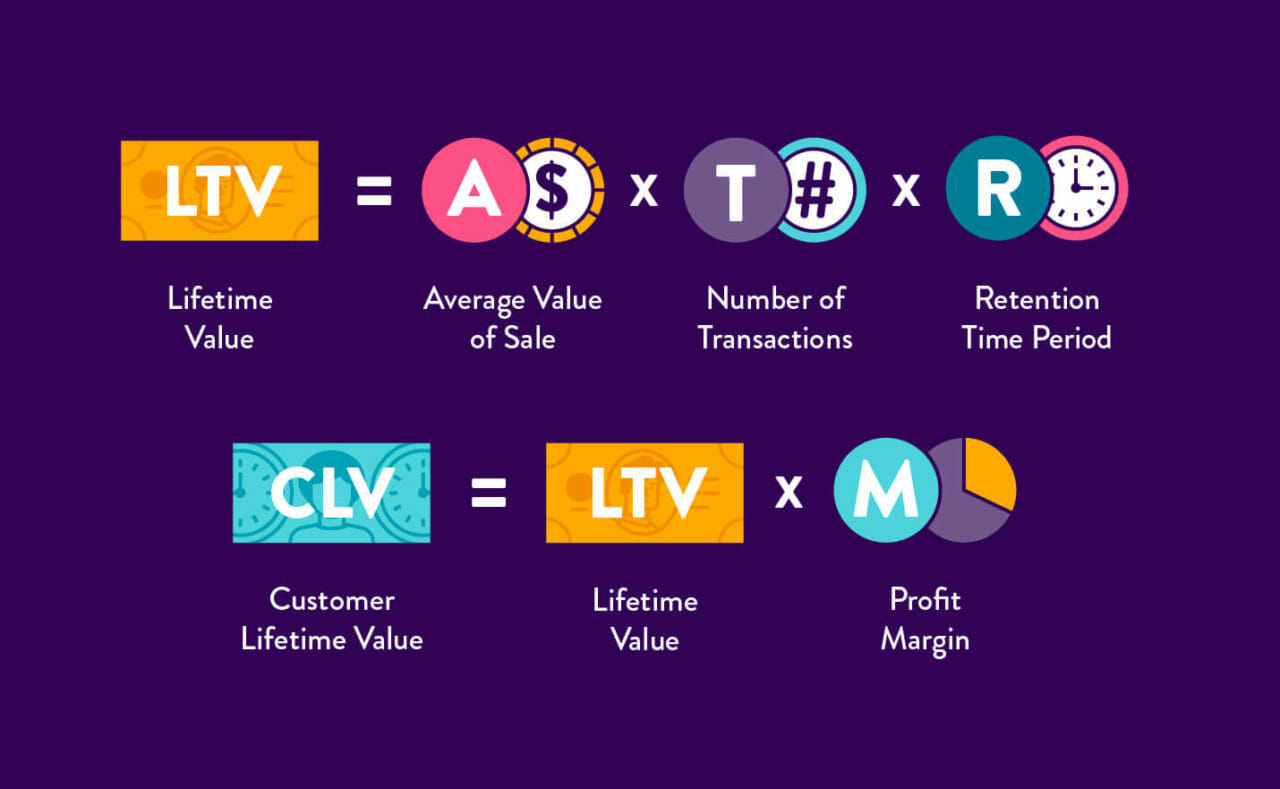When it comes to maximizing revenue and profitability, pricing plays a crucial role. Finding the right pricing strategy can make or break a business.
In this blog post, we will explore the art of pricing correctly and delve into effective strategies that can give your business a competitive advantage.
No matter the industry you’re in, these strategies should help you navigate the myriad landscape of pricing with confidence!
Single Grain enables us to increase our impact without increasing our headcount
Why Pricing Correctly Matters
Setting the right price is a basic component of business strategy that can significantly impact the success and profitability of a company.
When pricing a product or service, it is crucial to strike a delicate balance that takes into account various factors to achieve optimal results. Strategic pricing is everything:

Here are a few of the main reasons why pricing correctly is crucial for your business:
Revenue Generation
Pricing your products or services correctly is essential for generating sufficient sales revenue. If your prices are set too high, potential customers may be deterred from making a purchase, leading to lower sales volumes.
However, if your prices are set too low, you may attract more customers, but the revenue per sale may not be enough to cover your costs and generate a profit.
Profitability
Pricing plays a significant role in determining the profitability of your business. If you consistently underprice your offerings, you may struggle to cover your expenses, such as production costs, marketing expenses and operational overheads.
While attracting customers with low prices might initially seem beneficial, it can erode your profit margins and hinder long-term sustainability.
Perceived Value
The price you set for your offerings often influences how customers perceive their value:

A higher price tag can create the perception of exclusivity, quality or luxury, which may attract a particular target market willing to pay a premium.
Conversely, a lower price may suggest affordability and accessibility, appealing to price-sensitive customers.
Competitive Positioning
Pricing also plays a crucial role in positioning your business in the competitive landscape.
On the one hand, if your prices are significantly higher than your competitors’ for similar offerings, you need to justify the premium through factors such as superior quality, features or customer service. On the other hand, pricing lower than competitors may position your business as a cost leader, attracting customers seeking affordability.
Strategic Decision Making
Pricing is not a one-time decision but an ongoing strategic process. Monitoring and adjusting your prices over time can help you adapt to changing market conditions, customer preferences, and cost structures.
A well-informed approach to pricing empowers you to make data-driven decisions that positively impact your business performance.
Software Pricing Strategies: Challenging the Competition
When it comes to software products, there are innovative pricing techniques that can propel your business forward.
One approach is to offer more value than your competitors while maintaining a lower price.
While this pricing approach may not maximize short-term profitability, it can generate several long-term benefits. When you slide in with a price-point that’s below your competition, it will give your brand the breathing room it needs to penetrate the market.
Customers who recognize the value and affordability of your software are more likely to become loyal users, potentially leading to increased brand awareness and customer advocacy.
Furthermore, a lower price point can serve as a catalyst for virality and word-of-mouth referrals. Satisfied customers who feel they have found a high-quality solution at an affordable price are more inclined to recommend your software to their peers and colleagues.
This organic form of marketing can generate buzz, drive user adoption, and expand your customer base without the need for exorbitant marketing expenses.
It is important to note that implementing a value-focused pricing strategy requires a thorough understanding of your target market and competitors.
Conducting market research and analyzing customer needs and preferences can help you identify the key value drivers and determine the optimal price point that balances affordability and value delivery. Regular monitoring of market dynamics and competitor pricing can also enable you to adjust your strategy accordingly and stay ahead of the curve.
Assessing Data and Customer Insights
Data-driven decision-making is the fulcrum behind formulating effective pricing strategies. Here’s how data-driven decision-making empowers you to optimize your pricing decisions:
- Customer Insights: Collecting and analyzing data about your customers allows you to gain a deep understanding of their needs, behaviors and preferences. For example, data might reveal that certain customer segments value specific features or benefits of your product/service more than others.
- Perceived Value Assessment: Understanding the value your customers attribute to your offerings is essential for setting the right prices. These interactions provide valuable qualitative insights that shed light on how your customers perceive the value of your offerings. Analyzing this data helps you align your pricing strategy with the perceived value, allowing you to capture the maximum revenue without compromising profitability.
- Competitive Analysis: Data-driven decision-making also involves analyzing market trends and studying your competitors’ pricing strategies. This information empowers you to make pricing choices that differentiate your offerings, whether by offering a better value proposition at a similar price point or by strategically positioning yourself at a premium or discount level. Data-driven competitive analysis ensures that your pricing decisions are well-informed and capable of capturing market share.
- Predictive Modeling: Data can be utilized to develop predictive models that simulate various pricing scenarios and their potential impact on revenue and profitability. These models allow you to make data-driven projections, evaluate trade-offs, and make informed decisions about pricing adjustments.
- Continuous Optimization: Data-driven decision-making in pricing is an iterative process. Regularly tracking key performance indicators, such as conversion rates, average revenue per customer and customer lifetime value, provides insights into the effectiveness of your pricing decisions and allows you to make data-driven adjustments as needed:

When you peer into the data you’ve assembled (or when you look at the data of your competitors, if it’s available to you), it will likely reveal telling insights of how you ought to adjust your pricing, if at all.
This data can come from sales, cost to deliver the goods or service, manufacturing costs, labor costs, and the list goes on.
There’s ample types of data that you can consider that can point back to how your pricing model should be affected. It’s up to you to assign values to each data point and how they impact your pricing in the grand scheme of things.
Recommended Resources for Pricing Insights
If you’re looking to delve further into the best ways to handle pricing, there are several revered resources that can help you get there.
One exceptional resource to consider is the book Pricing Creativity. This insightful book takes a unique and creative approach to pricing, offering perspectives that can challenge conventional thinking. Why, the book itself is even value-priced at $300, which, in and of itself, is a testament of the lessons it teaches on pricing things based on value.

It provides in-depth analysis and real-world examples, allowing you to explore pricing from a fresh and innovative perspective.
Another resource worth exploring is The Win Without Pitching Manifesto. While primarily tailored to service-oriented businesses, the book is a font of insights that can be applicable to various industries, including e-commerce and software. It delves into the art of positioning your offerings, understanding client value, and pricing accordingly.

In addition to these books, it’s beneficial to tap into the expertise of thought leaders in the field of pricing:
- Tomash Tengus is a respected figure when it comes to pricing philosophy, known for sharing valuable insights and thought-provoking ideas. His expertise can offer fresh perspectives and strategies that you may not have considered before.
- Additionally, individuals like Kyle Poyar from OpenView Ventures frequently provide valuable pricing-related insights through various platforms.
Exploring their articles, blog posts, and interviews can provide you with even more actionable advice and industry trends to inform your pricing decisions.
Last Words on Pricing Strategies
Pricing strategies are an integral piece in shaping the success of your business. Frankly, if you don’t get your pricing right, you will know it soon enough. Making the effort to understand how to price correctly is a fundamental aspect of achieving profitability and market growth and you will thank yourself for dedicating the time to get it right.
Remember, pricing is not a one-size-fits-all approach.
Continuously evaluate and refine your pricing strategies based on market feedback, industry trends, and your business goals. If you do, you will inevitably settle into the method that works best for not just your brand, but for your customers as well.
Repurposed from our Marketing School podcast.


